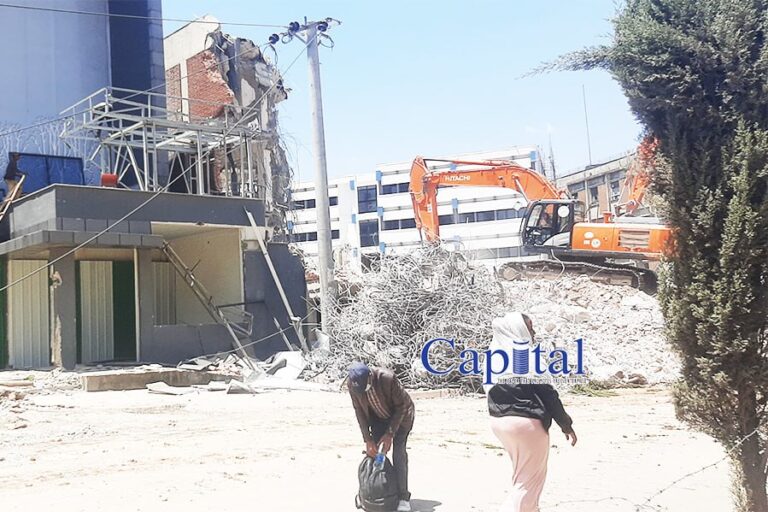Africa has just six years to realise the water, sanitation and hygiene SDG
The race is on to realise the most fundamental of the Sustainable Development Goals (SDGs) – ensuring that everyone has access to water, sanitation and hygiene services – by the 2030 deadline, says ForAfrika disaster response director Charles Wentzel.
There are six years to go, and ForAfrika, the largest African humanitarian development organisation, is doing its best to bring water, sanitation and hygiene (WASH) services to as many people as it can in the countries in which it works: Angola, the Central African Republic, Ethiopia, Mozambique, Rwanda, South Africa, South Sudan and Uganda. The SDGs are a set of 17 global objectives established by the United Nations to address social, economic and environmental challenges and promote sustainable development worldwide by 2030.
“Everywhere we work, we collaborate with other development organisations so that resources are effectively allocated, and there is no doubling up. Most important of all, however, is that we work with communities to ensure that the services we help them to provide tie in with their goals and aspirations,” Wentzel says ahead of World Water Day on 22 March.
Bill & Melinda Gates Medical Research Institute Initiates Phase 3 Clinical Trial of Tuberculosis Vaccine Candidate
The Bill & Melinda Gates Medical Research Institute (Gates MRI) today announced that a Phase 3 clinical trial to assess the efficacy of the M72/AS01E tuberculosis (TB) vaccine candidate is now underway, with first doses given in South Africa, where TB takes a heavy toll. If shown to be well-tolerated and effective, M72/AS01E could potentially become the first vaccine to help prevent pulmonary TB in adolescents and adults, the most common form of the disease, and the first new TB vaccine in over a century.
Globally, according to the World Health Organization, an estimated 10.6 million people fell ill with TB in 2022 and 1.3 million died — over 3,500 people per day. The disease primarily affects people in low- and middle-income countries, and those at highest risk are often living in poverty, with poor living and working conditions and undernutrition. In South Africa alone, around 280,000 people are diagnosed with TB each year.
“The launch of this pivotal Phase 3 trial demonstrates our commitment to harnessing the power of medical innovation to fight diseases like TB that are particularly devastating for low- and middle-income countries,” said Emilio A. Emini, Ph.D., CEO of the Gates MRI. “Clinical study of the vaccine will still require years, but our incredible partners in South Africa and elsewhere who have come together for the Phase 3 study share our hope in the vaccine’s potential.”





